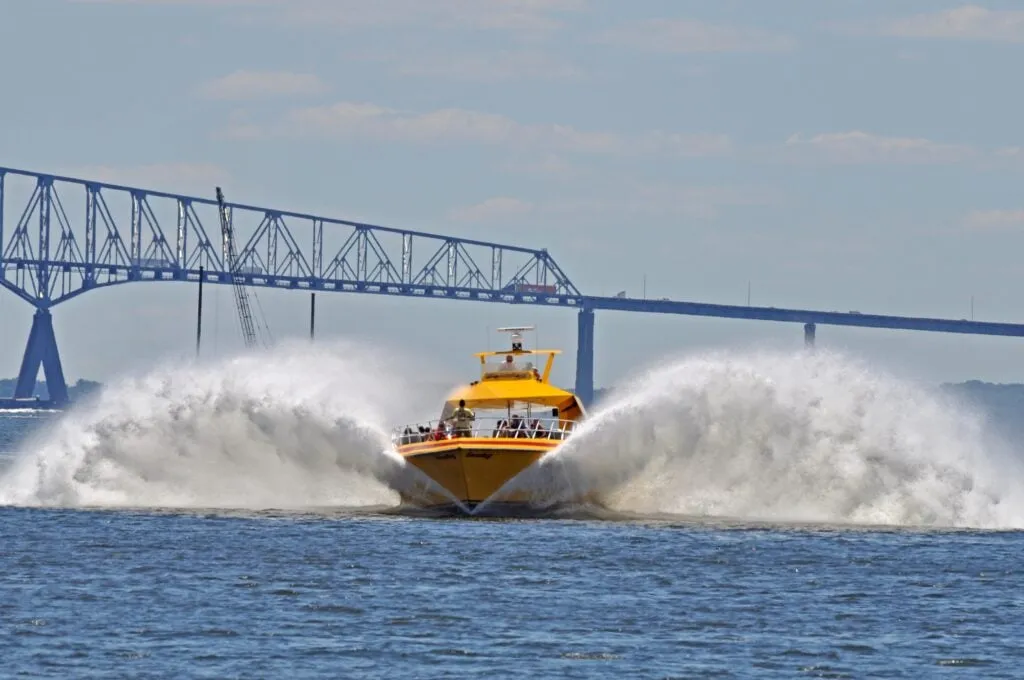Chicago, the Windy City, is not only famous for its skyscrapers and unique cuisine but also a crucial transportation hub in the United States. Few realize that Illinois, with Chicago at its heart, played a pivotal role in the development of the railway industry, a sector that shaped the history and economy of this region. Join “Du lịch khắp thế gian” (Travel the Globe) as we explore the profound historical imprints of the railway industry in Illinois, a fascinating journey back in time.
From the 1830s, as the first railway lines began to weave across America, Illinois quickly recognized the immense potential of this new mode of transportation. With its strategic geographic location, bridging the East and the West, Illinois became a vital convergence point for the burgeoning railway network.
Key Milestones in Illinois Railway History
The Birth of the Illinois Central Railroad
The Illinois Central Railroad (IC) stands as one of the most significant railway lines in the state’s history. Established in 1851, the IC not only connected Chicago with the fertile agricultural regions of Southern Illinois but also played a crucial role in transporting goods and passengers to other states. The advent of the IC propelled Illinois’s economic development, transforming the state into a major commercial and agricultural center.
Chicago: The Railway Transportation Hub
Chicago rapidly became the largest railway center in the United States. With dozens of railway lines converging here, the city became a critical gateway for transporting goods from all corners of the country. Grand stations like Union Station and LaSalle Street Station became symbols of Chicago’s prosperity and bustling rhythm.
Railways and the American Civil War
During the American Civil War (1861-1865), Illinois’s railway system played a vital role in supplying provisions and transporting troops for the Union Army. The efficiency of the railway system significantly contributed to the Union victory.

The Growth of the Locomotive Manufacturing Industry
Illinois was not only a railway transportation hub but also a center for manufacturing locomotives and train cars. Companies like the Pullman Palace Car Company, headquartered in Illinois, produced luxurious and comfortable train cars, enhancing the railway travel experience.
The Impact of Railways on Illinois’s Economy and Society
Fostering Economic Growth
The railway industry created thousands of jobs in construction, operation, and railway maintenance. It also helped connect agricultural regions with consumer markets, boosting the development of agriculture and the food processing industry.
Transforming the Social Landscape
Railways made it easier for people to travel between regions, facilitating cultural exchange and the sharing of ideas. It also helped bridge the gap between urban and rural areas, creating a more connected society.
Urban Development
The development of railways spurred the growth of cities along the railway lines. Chicago, with its role as the largest railway center, became a prosperous and multicultural metropolis.
Exploring the Remaining Railway Heritage
Today, although the railway industry no longer holds the dominant role it once did, its heritage is still present throughout Illinois. Visitors can explore railway museums, tour historical stations, and ride on tourist railways to relive the atmosphere of the railway industry’s golden age.
Illinois Railway Museum
The Illinois Railway Museum is one of the largest railway museums in the United States, showcasing a diverse collection of locomotives, train cars, and artifacts related to railway history.
Union Station Chicago
Union Station Chicago is a magnificent historical station, still in operation today. Visitors can admire the station’s grand architecture and experience train travel from one of the largest railway stations in the United States.

Tourist Railways
Several tourist railways in Illinois offer short trips on historical railway lines, allowing visitors to experience the feeling of train travel in the past.
Conclusion
The railway industry in Illinois is not only a vital part of American transportation history but also a key factor in the state’s economic and social development. Exploring Illinois’s railway history is a fascinating journey, helping us better understand the past and appreciate the heritage left by this industry. Come to Illinois and discover for yourself the historical imprints of the railway industry, an indispensable part of “Du lịch khắp thế gian” (Travel the Globe).